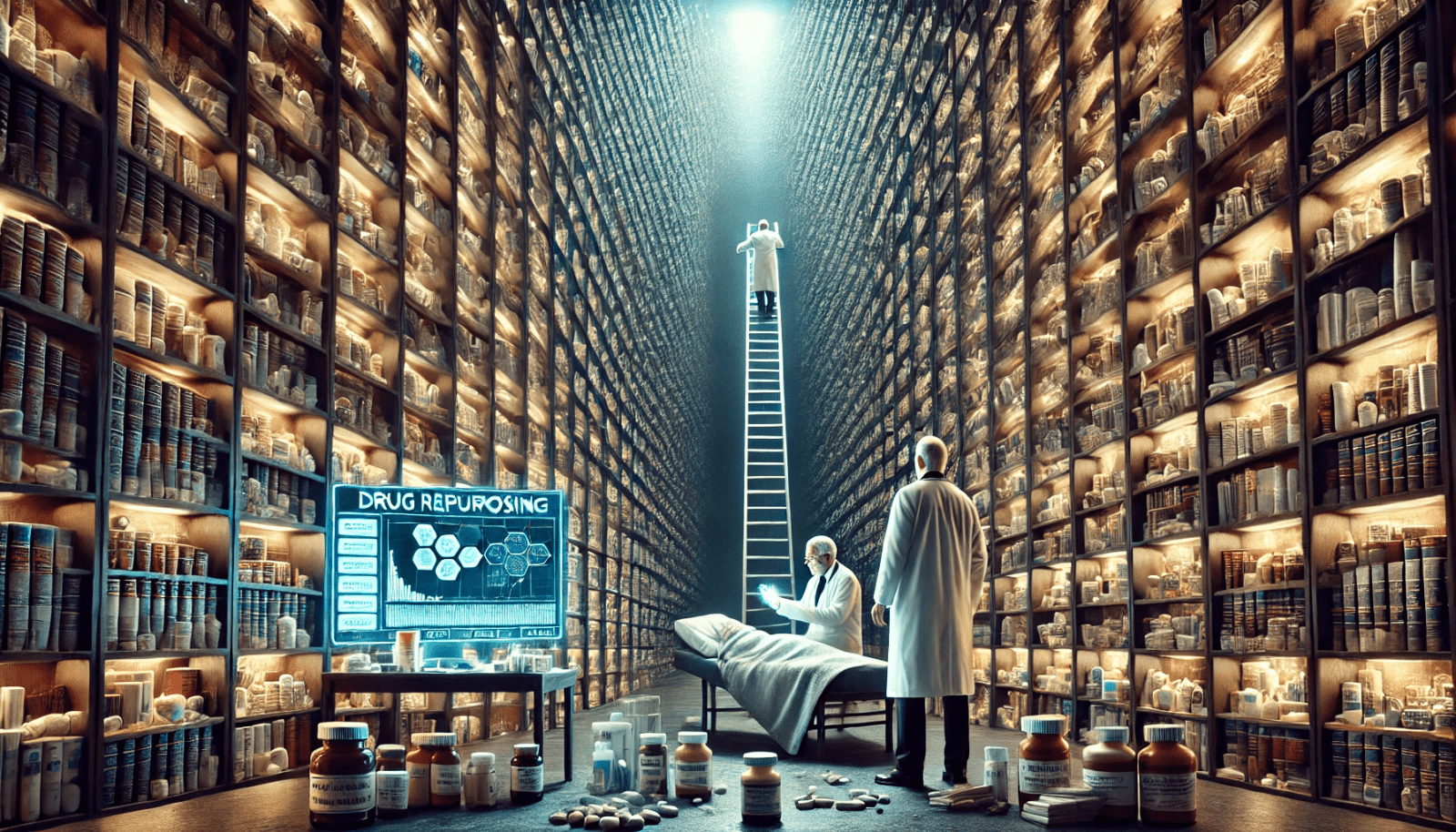
Artificial Intelligence (AI) has long proven superior to humans in many biomedical applications. It began over a decade ago with analyzing X-rays and MRI scans for disease diagnostics. Today, AI consistently outperforms medical professionals in tasks such as image interpretation, diagnostic accuracy, and clinical decision-making.
A recent 2024 study highlighted a surprising outcome: AI models alone performed significantly better than doctors who were using AI tools. The study demonstrated that OpenAI’s models excel at complex reasoning tasks—such as generating diagnoses and managing health conditions—when tested against case studies, medical literature, and patient scenarios.
Beyond diagnostics, AI is now extensively used in drug discovery. Generative AI models are employed to design new chemical compounds targeting specific proteins and diseases. Traditionally, such applications were confined to research labs and hospitals, largely due to AI’s advantage in identifying patterns within large, homogenous datasets.
However, a recent report by The New York Times showcased a groundbreaking real-world application of AI in treating a rare genetic disorder—one without any known cure in conventional or alternative medicine.
Joseph Coates was diagnosed with POEMS syndrome, a rare condition (also known as Crow-Fukase syndrome) involving abnormal plasma cell growth. This uncontrolled proliferation can damage surrounding tissues. In Joseph’s case, his heart enlarged, his kidneys began to fail, and doctors had to drain liters of fluid from his abdomen. With no standard cure available, Joseph’s girlfriend reached out to Dr. David Fajgenbaum at the University of Pennsylvania, a specialist in rare diseases.
Dr. Fajgenbaum prescribed a combination of chemotherapy, immunotherapy, and steroids. The treatment worked immediately. Within four months, Joseph underwent a successful stem cell transplant and is now in remission. Remarkably, the treatment regimen was suggested by an AI model focused on drug repurposing. Dr. Fajgenbaum’s team developed the model using publicly available data on approved drugs and their biological targets.orting is essentially unreliable, at least when it comes to nutrition.
Globally, there are an estimated 6,000 approved drugs with well-documented effects on various diseases (as listed in Martindale). DrugBank lists around 4,700 such compounds. These include chemical drugs and biologics like antibodies and active proteins, all rigorously tested for specific medical conditions. However, many of these drugs interact with multiple biological pathways, which play roles in various diseases.
Therefore, most drugs have multiple therapeutic effects—only a fraction of which are explored in clinical trials.om 6,497 Doubly Labeled Water Measurements
This is where drug repurposing offers tremendous promise. Some drugs, initially developed for one condition, find new life in completely different therapeutic areas. For example, Viagra was originally intended to treat heart conditions but became a blockbuster treatment for erectile dysfunction. Thalidomide, once a sedative infamously linked to birth defects in the 1960s, was later repurposed for treating multiple myeloma (FDA-approved in 2006) and leprosy.
After years of working on drug repurposing, Dr. Fajgenbaum founded the non-profit Every Cure. This organization uses machine learning to compare the effects of all known drugs across all diseases (everycure.org). It does not prescribe alternative therapies—only licensed physicians can do that—but rather collects drug repurposing ideas from the public and analyzes them. A team of experts then uses AI tools to validate promising matches and identify patients who may benefit. The foundation recently received over $100 million in funding from TED’s Audacious Project.